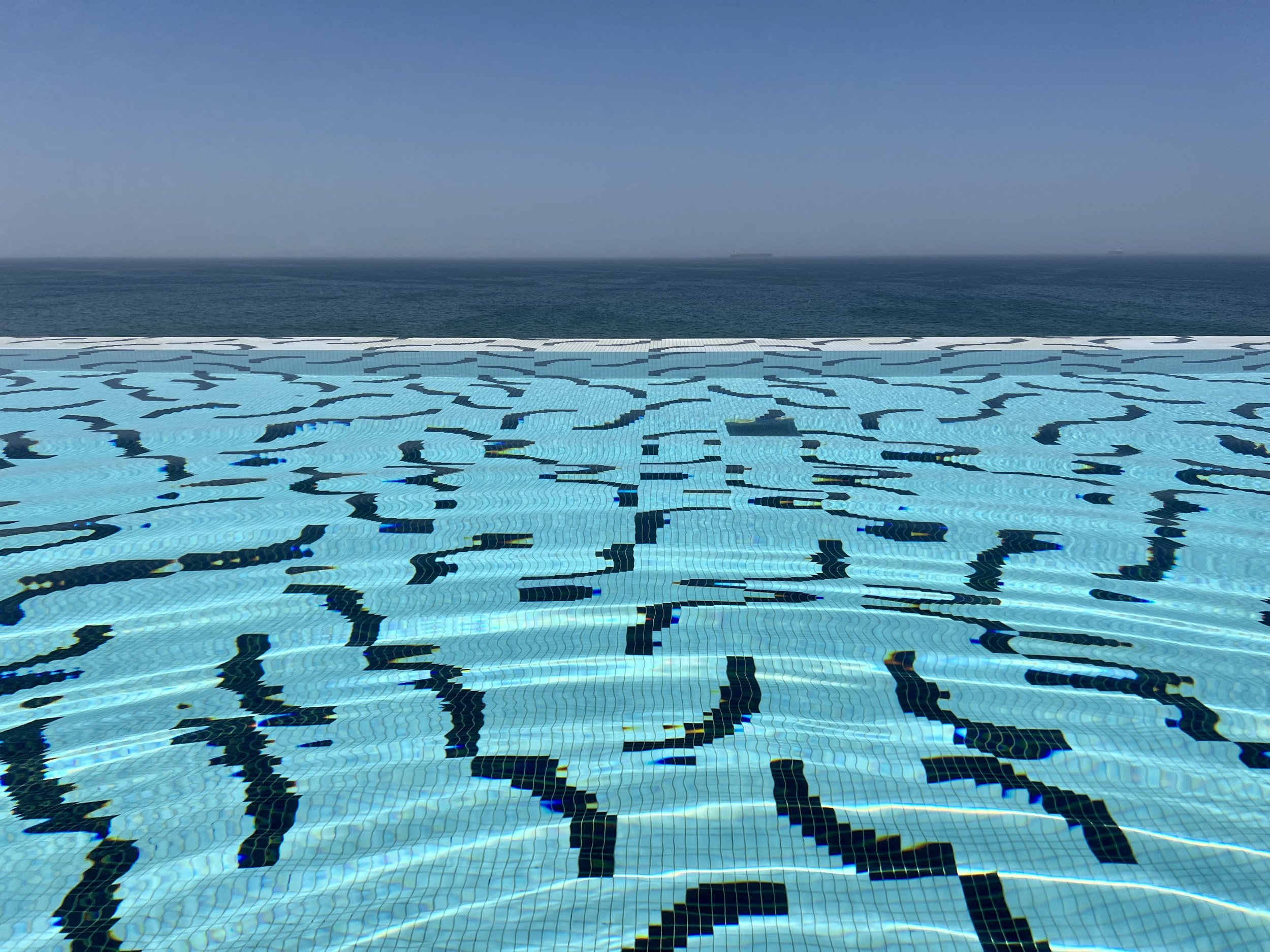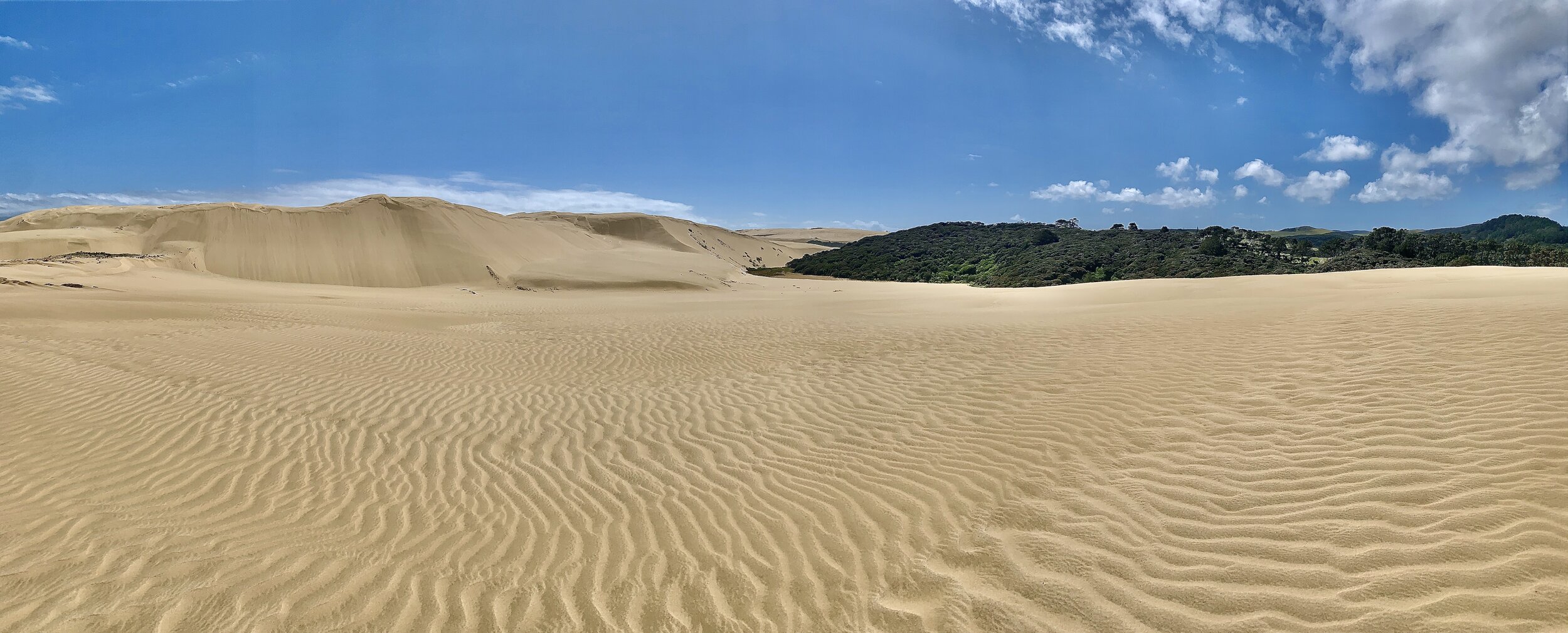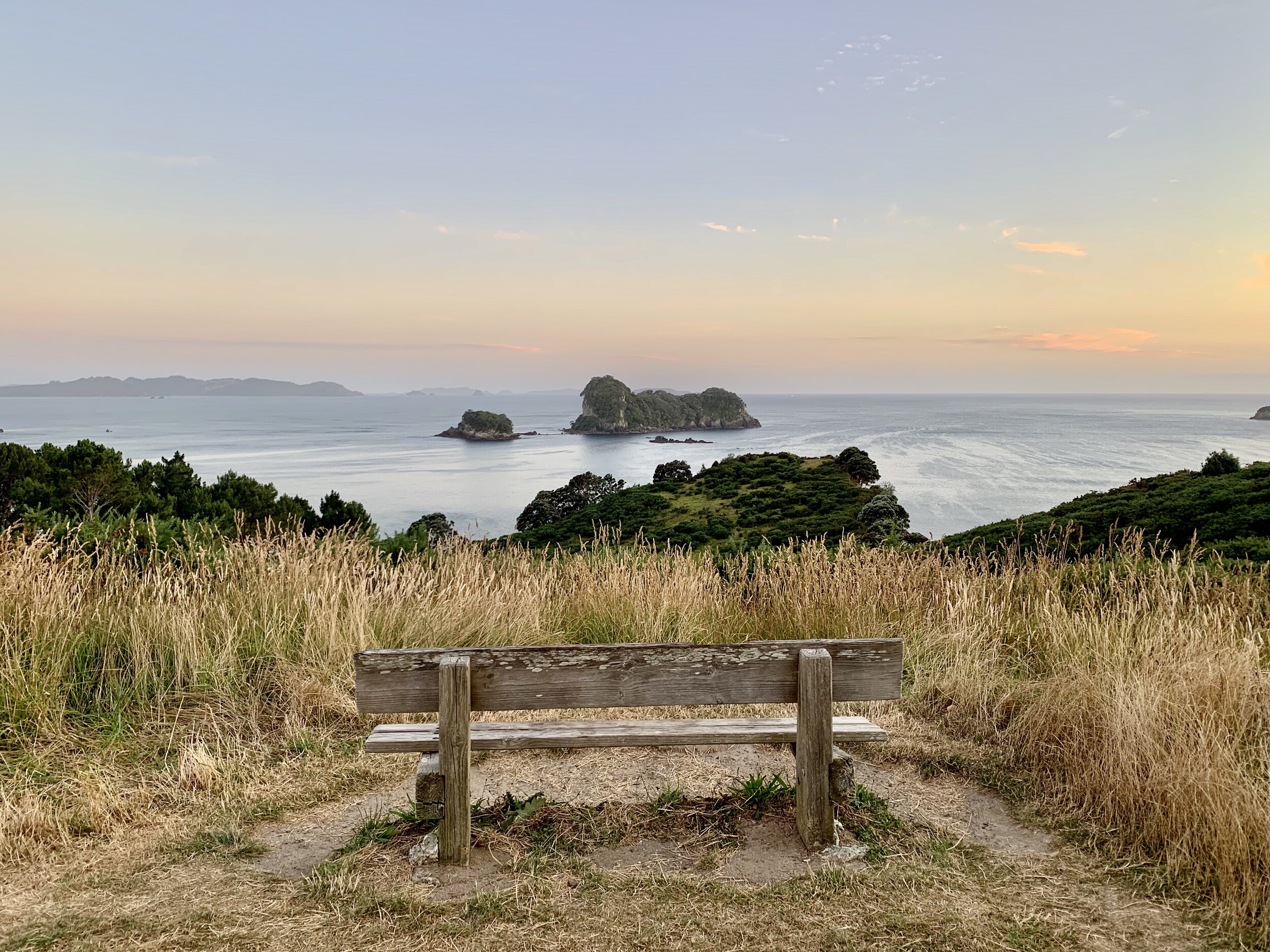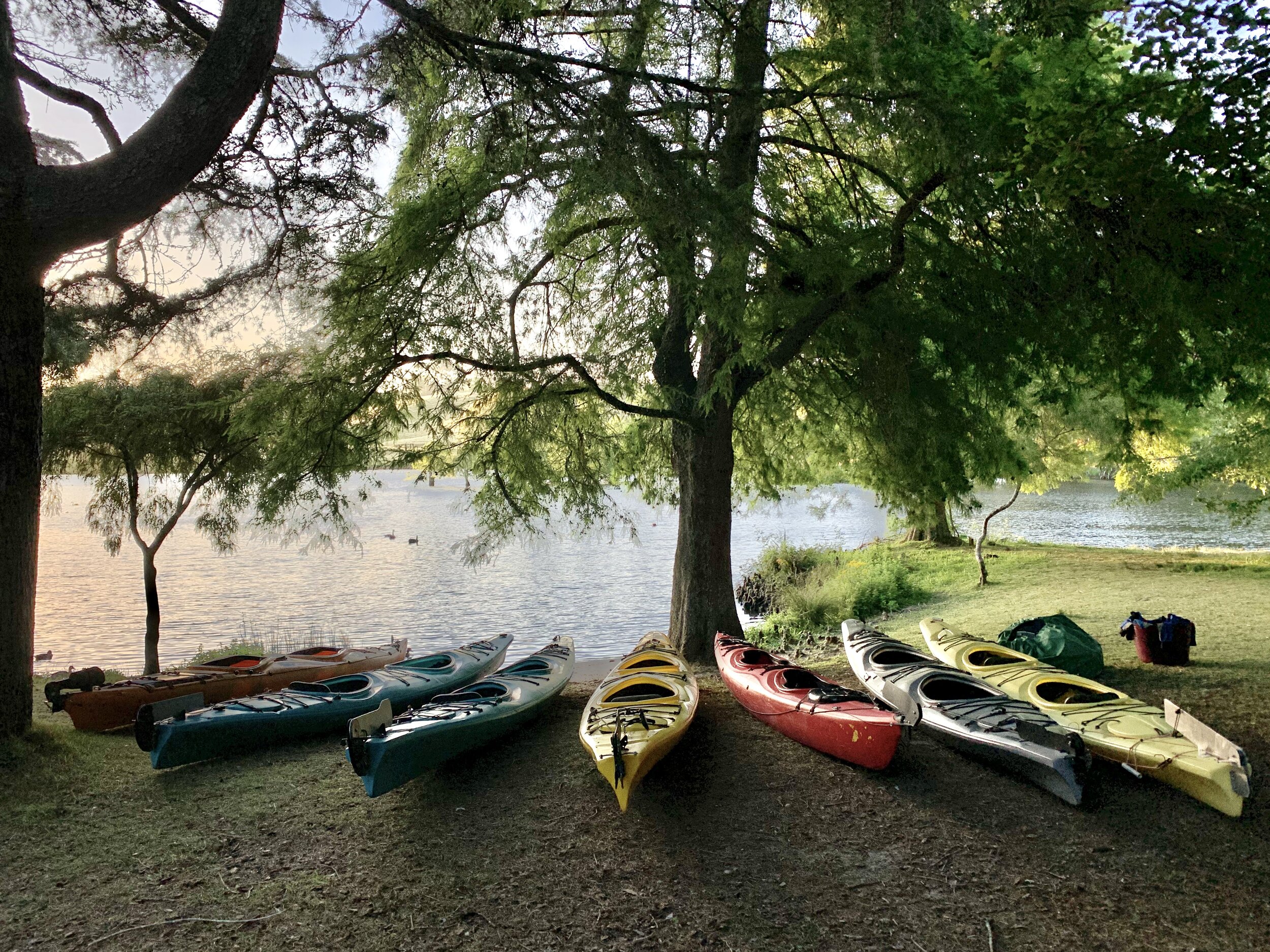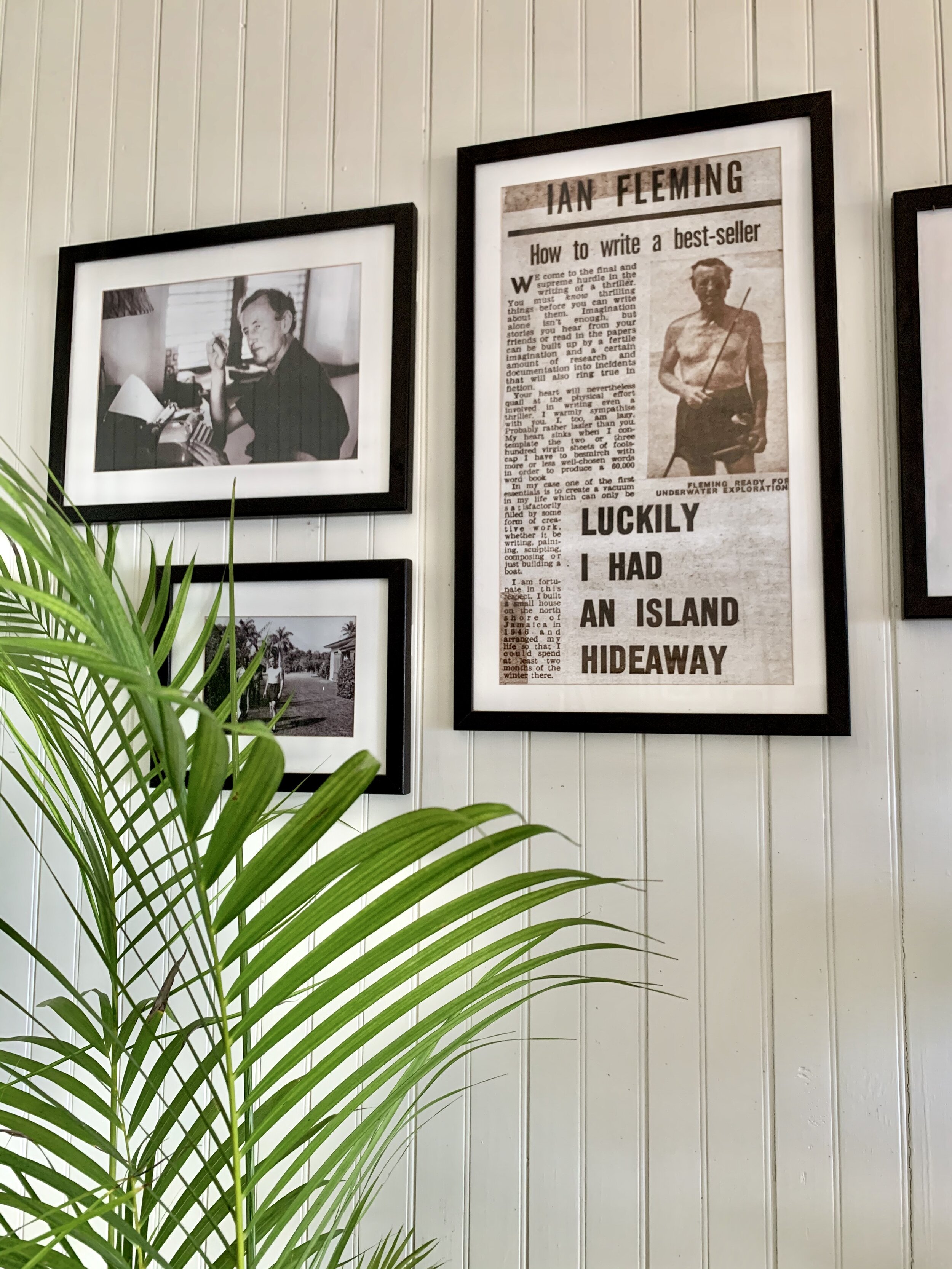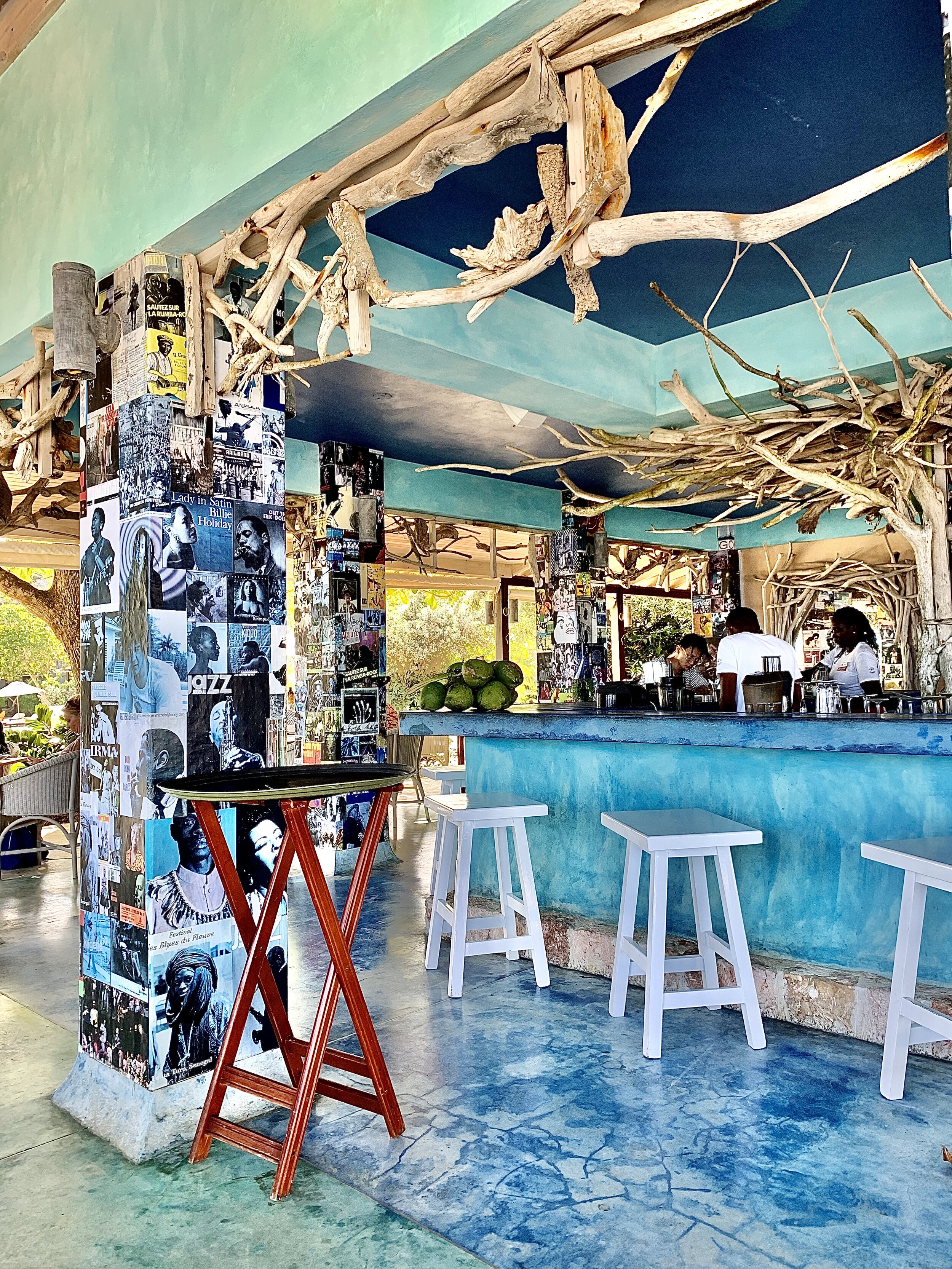In Charles Baudelaire’s poem L’invitation au voyage (inspired by his travels as a youth), he paints an image of both calmness and oriental splendor.
Là, tout n'est qu'ordre et beauté,
Luxe, calme et volupté.
Swimming through the turquoise waters of Wadi Shab, Oman
I was reminded of his words on a recent trip to Oman, a stunningly beautiful country filled with some of the most charming locals I’ve met on my travels. Upon landing in Muscat in the evening and heading to the rental car booths (highly recommended as an economical and easy way to get around), everyone along the way made me feel welcome, telling me about the city, its origins and its people. I also found it to be a safe country; as a solo female traveller, I was treated everywhere with kindness and respect. After checking into my hotel room, I sat on my balcony, breathing in the fresh sea breeze, enjoying the lingering sensation of saltiness and heat infused with the sweetness of the night.
The following morning, I drove to the MolaMola Diving Center to embark on a day trip to the Dimaniyat Islands, a nature reserve some 40 miles (70 km) northwest of Muscat. The dive boat was full of travellers from around the world, including some locals, and the vibe was one of lighthearted banter and chatter about off the beaten path adventure destinations. The diving was well worth the boat ride out: turtles, cuttlefish, and schools of fish darted around well preserved coral heads with relatively good visibility and a touch of current. Lunch was served on board the boat, and the rocking of the waves lulled us into a deep satiety as we returned to Muscat. I spent much of the rest of the day working, venturing out to the nearby Royal Opera House to admire the architecture and for an evening stroll along the waterfront, where families, couples, and groups of friends created a lively atmosphere.
Muscat waterfront, Oman
After a light breakfast, I drove south, arriving roughly 90 minutes later at Wadi Shab for a fun adventure combining hiking and swimming. From the parking area, a short boat ride run by locals for 1 rial per person takes you across the river to the start of a scenic hike to a series of natural pools carved over centuries by the moving water. Despite starting early in the morning with few others along the trail, I found I was baking in the heat of the sun by the time I reached the first pool after about 40 minutes. Stripping down to my bathing suit, I put my belongings in a dry bag and began swimming through a series of 3 pools until I reached a narrow crevasse with a shining turquoise pool of water on the other side. A small waterfall gushes in from yet another small pool just above, reachable by a thick rope over wet rock for those seeking more thrills. Lingering, I enjoyed turning all my senses to the sights and sounds of nature, letting any everyday worries flow away with the sound of the water amplified by the rocks around me, carved over centuries. It was a subtle reminder that this river has flowed long before you or me, and will likely continue long after we cease to exist.
Hiking through Wadi Shab, Oman
Wadi Tiwi, Oman
The wadis in Oman come in all shapes and sizes; based on a recommendation from a new friend on the dive boat, I ventured further south along a winding mountain road to Wadi Tiwi. From the parking area, a series of steps lead downwards to a set of pools in a rainbow of green-blue hues. Swimming was a respite from the ever-present heat, and scrambling around a few rocks yielded a stunning view into a deep canyon where the river widened before disappearing from view around the bend. I encountered just five other people who expressed surprise that I had driven myself in a rental sedan; most visitors arrive with a local guide in a 4x4. Rest assured, you’ll fare just fine in any vehicle, but do check the road conditions in advance.
Bimmah sinkhole, Oman
En route back to Muscat via villages forgotten in time, I stopped at the Bimmah sinkhole, which was full of visitors in the afternoon. Many were swimming in its crystal clear waters, but this may be a bit of a letdown after you’ve experienced the wadis further south. Instead, I recommend continuing onwards to Mutrah, a port town just east of Muscat, and enjoying a traditional Omani meal at Bait Al Luban. Their rendition of shuwa, a classic Omani celebration dish of marinated meat roasted in an underground firepit for hours, was fantastic, as was the shorbat adass, a lentil soup enhanced with local spices. Afterwards, get lost in the myriad of wares at the Mutrah Souq, or stroll along the Mutrah Corniche to admire the views of the fort and whitewashed buildings set against a backdrop of sharp mountainous peaks.
Mutrah corniche, Oman
Mutrah souq, Oman
Muscat itself features numerous attractions, ranging from local sweets at Al Hosni to exotic fragrances at the Amouage perfume centre. With just a few days, I lacked the time to visit the Musandam Peninsula, renowned for its diving, or the picturesque villages of the Al Hajar mountains. But trying to experience all these places in one visit would be a mistake; Oman is the type of place that invites you to return, time and time again, with the feeling of always wanting more.
Là, tout n'est qu'ordre et beauté,
Luxe, calme et volupté.
Infinity pool overlooking the Gulf of Oman









